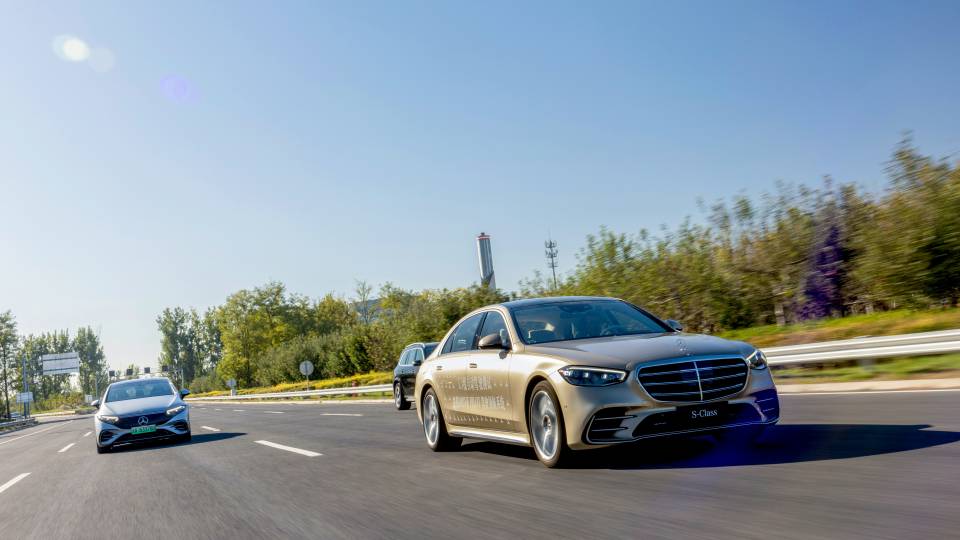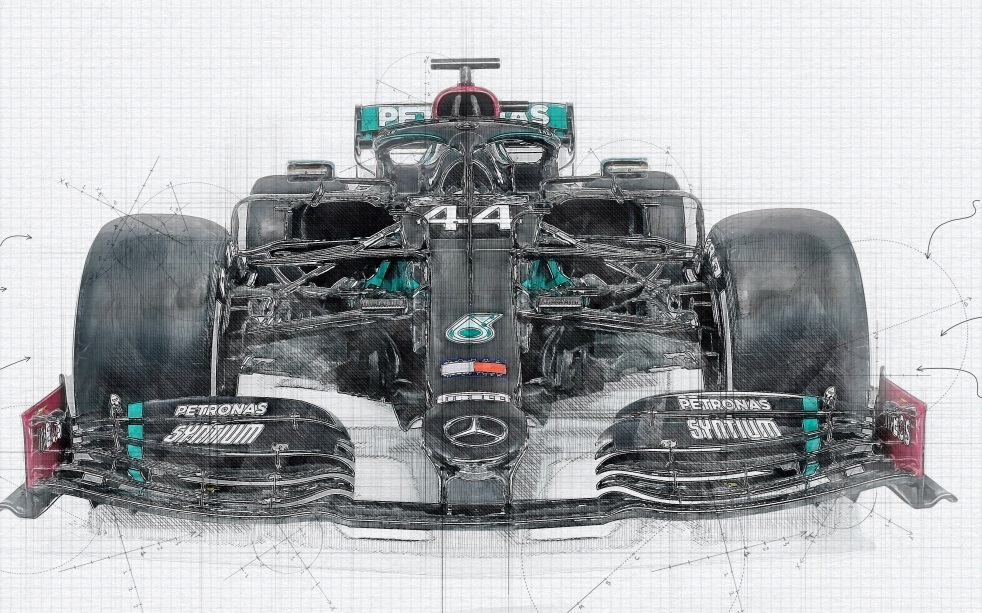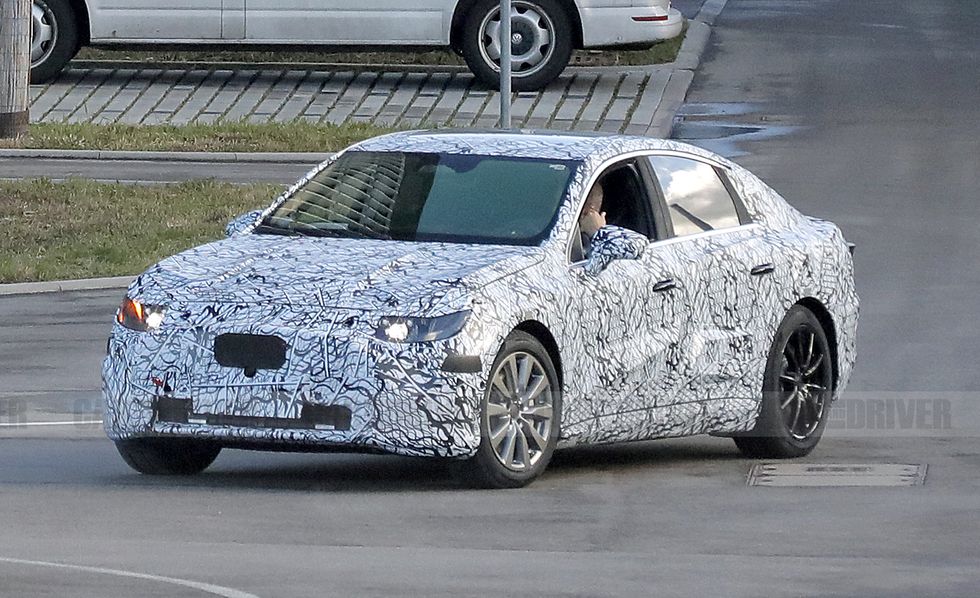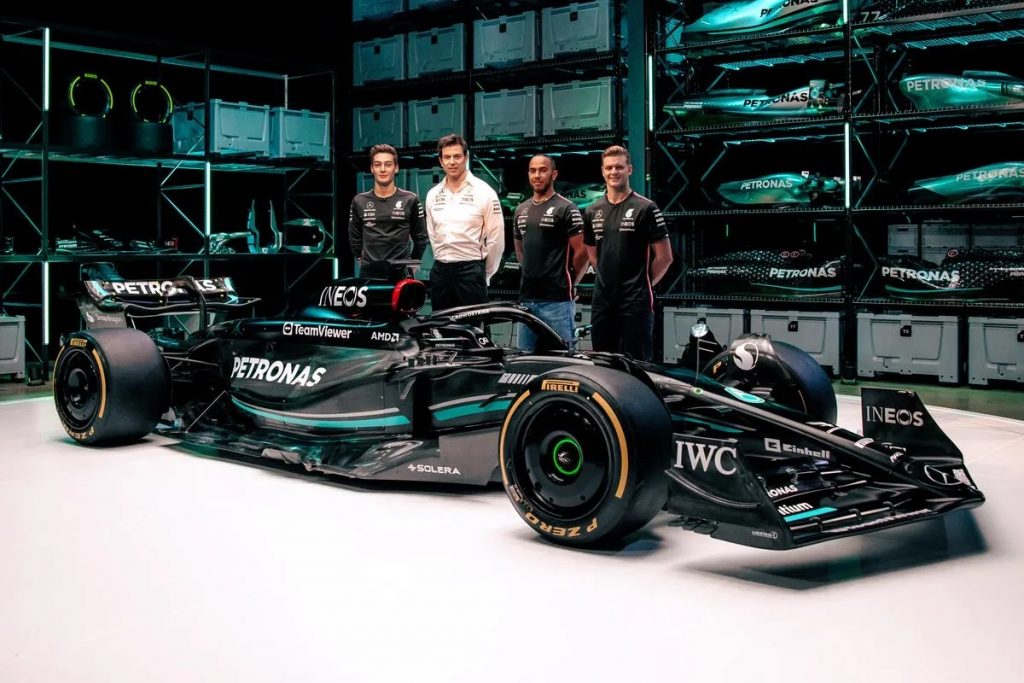One of the names that stood out as a symbol of speed and innovation in history was the Blitzen-Benz. This remarkable vehicle shattered speed and performance records when the automotive landscape was still in its infancy in 1909. Let’s...
One of the names that stood out as a symbol of speed and innovation in history was the Blitzen-Benz. This remarkable vehicle shattered speed and performance records when the automotive landscape was still in its infancy in 1909.

Let’s take a journey back in time to explore the fascinating story of the Benz 200 PS, a.k.a the “Blitzen-Benz.”
Breaking the 200 km/h Barrier
The automotive world was in full gear by the turn of the 20th century. Benz & Cie., then the world’s largest car manufacturer, faced stiff competition and a shifting market dynamic during this period.
While Carl Benz offered reliability and affordability in automobiles, the demand for speed became a crucial factor in maintaining market share. His answer to this new buyer preference was the Blitzen-Benz.
The Birth of the Blitzen-Benz
Work on the Blitzen-Benz began in 1909, and its goal was to surpass speed records and assert Benz & Cie.’s dominance in the industry. The engineers took the engine of the Benz 150 hp Grand Prix race car as the foundation for the next-gen vehicle.
The four-cylinder engine’s displacement was increased to 21.5 liters, delivering a staggering 147 kW (200 hp) at 1,600 rpm. The result set the stage for the Blitzen-Benz’s record-breaking journey.
Triumph at Brooklands
The Blitzen-Benz roared to life on the Brooklands racetrack in November 1909. With works driver Victor Hémery in its cockpit, the car achieved average speeds of 205.666 km/h at over half a mile and 202.648 km/h over one kilometer under a flying start.
With merely less than a year of development, the Blitzen-Benz immediately became the first combustion engine car to break the 200 km/h barrier.
Transatlantic Pursuits
Recognizing the need for longer straights to unleash the car’s true potential, the Blitzen-Benz crossed the Atlantic to the USA in 1910. It was then renamed the “Lightning-Benz” by its owner Ernest “Ernie” Moross and it quickly became a sensation on American soil.
Driver Barney Oldfield pushed the Blitzen-Benz to 211.97 km/h over a mile On Daytona Beach in 1910 to demonstrate its prowess and captivate audiences. It also solidified the Blitzen-Benz’s status as a true speed demon.
A World Record Triumph
The Blitzen-Benz wasn’t done rewriting the record books. In April 1911, at the same Daytona Beach track, driver Robert R. “Bob” Burman achieved a whopping speed of 228.1 km/h over the flying mile with further improvements to the racing car.
This record, twice as fast as contemporary airplanes and faster than any car or rail vehicle of the time, cemented the Blitzen-Benz as the undisputed fastest car in the world for eight more years.
Legacy of Speed: The Enduring Impact
The Blitzen-Benz, with its thunderously loud presence and arrow-shaped design, left an enduring legacy in the history of automotive excellence. Just six of these speed machines were ever built.
Today, four of them only remain. One is proudly displayed at the Mercedes-Benz Museum in Legend Room 7: Silver Arrows – Races and Records.















The post A Tribute To The Blitzen-Benz, The Fastest Car In 1909 appeared first on BenzInsider.com - A Mercedes-Benz Fan Blog.















